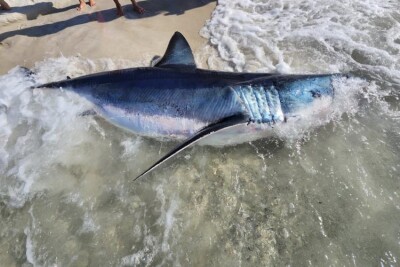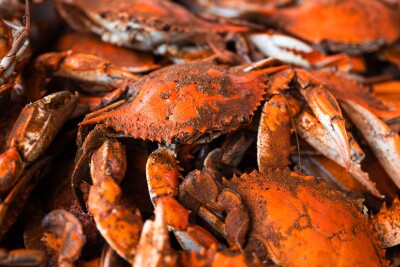Since he started working on commercial fishing and crabbing boats as a teenager, Craig Kasberg loved being out at sea. Yet he was bothered by the amount of fish waste he saw being dumped back on to the ocean floor.
“The seafood industry is behind the times when it comes to byproduct utilisation,” says Kasberg, a fishing boat captain based in Juneau, Alaska. “Even though some companies are making pet food, fertiliser and fishmeal [out of the waste], there’s still a lot being thrown away.”
Every year, US fishermen throw out an estimated 2bn pounds (900m kg) in bycatch alone – an amount worth about $1bn (£660m), according to nonprofit organisation Oceana.
Because the US Environmental Protection Agency does allow (in some cases) fish waste to be tossed back into the ocean, seafood processors commonly dispose fish guts, heads, tails, fins, skin and crab shells in marine waters. Once there, the decomposing organic matter can suck up available oxygen for living species nearby, bury other organisms or introduce disease and non-native species to the local ecosystem.
Last autumn, Kasberg took action. He recruited a small team of scientists and engineers. Together, they developed a vegetable-based tanning process for salmon skin. Now – a little over a year later – his company Tidal Vision has launched a line of wallets made from salmon skin leather.
Read the full story at the Guardian >>
Read more about seafood byproduct >>






